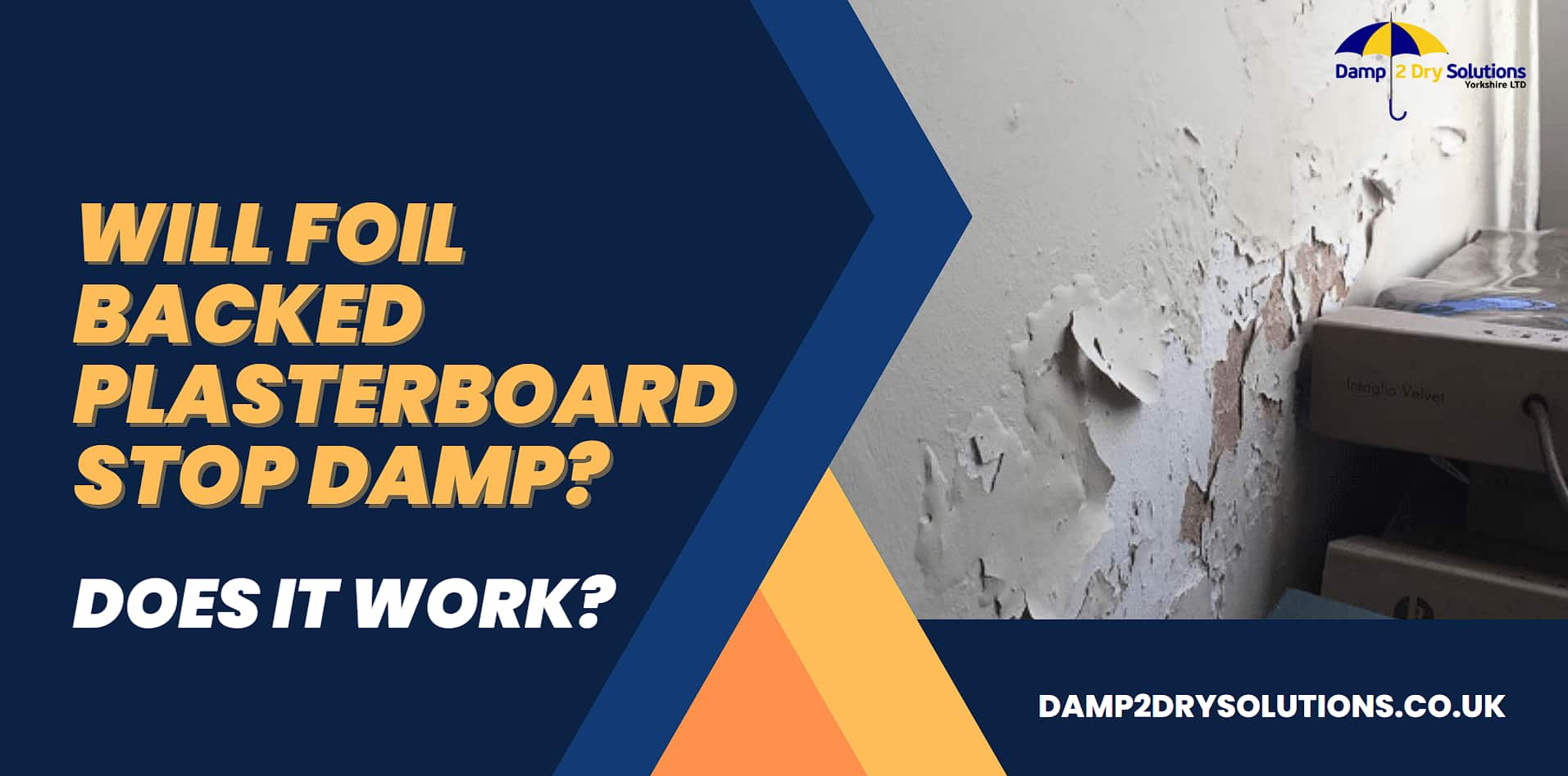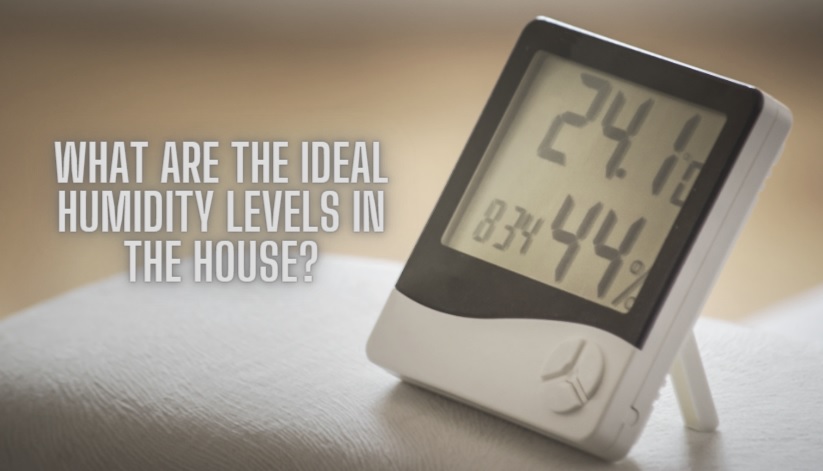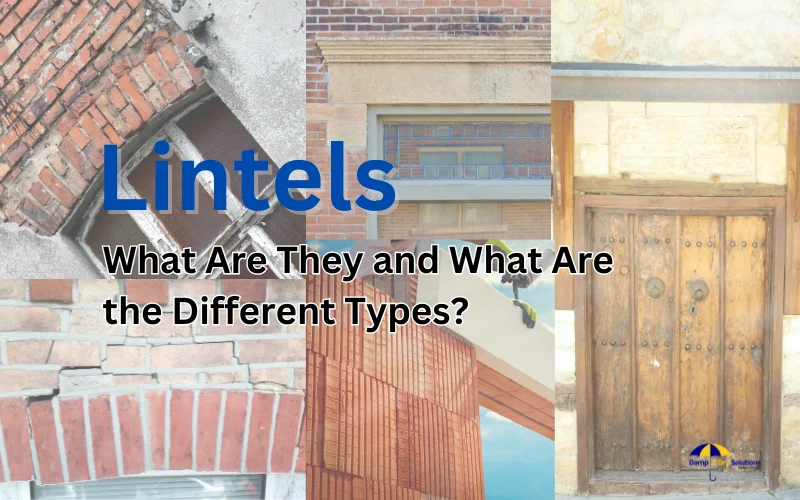“An ounce of prevention is worth a pound of cure.”
Benjamin Franklin
Foil Backed Plaster board is a thin foil backing to provide excellent vapor resistance. The foil controls the amount of moisture diffusion and prevents creeping dampness. It is best to use for walls, roofs, and decks. It is a cost-effective solution to reduce future damp issues.
The only difference between the Foil backend plasterboards and standard plasterboards is thin sheets of foil present at the back of the board. It prevents the water from entering the internal walls of the house. Let’s know more about it.
Understanding Dampness and Its Causes
Dampness is the process of absorption of unwanted moisture in the wall through capillary action, which causes severe damage to the building. After rains, if the interior of the building is affected by dampness, the hygiene of the building and the people living inside is at significant risk. Dampness is a forerunner to germs, which generate diseases – often dangerous. Also, the structure of the building can fall apart.
The causes of a building yielding to the damp are as follows :
- Rising of moisture from the ground into walls due to capillary action.
- Subsoil moisture rises through foundation beds.
- Rainwater flows in from external walls.
- Rainwater is coming through the fence and composite walls.
- Moisture deposited on the building due to condensation.
- Penetration of rainwater from the top of the building
- damp occurs when there are problems with the damp-proof course and membrane.
Types of Dampness
The following are the three most common types of dampness that can affect your building.
Penetrating Damp
Penetrating dampness is the most common type of dampness, which mostly occurs in old buildings and sometimes in old buildings too. Penetrating damp is the result of water infiltration through an external wall. It takes place due to the entry of water through a crack in the wall or when external bricks have to reduce to the point where they become porous and allow water ingress to pass through the exterior wall into the building.
Penetrating damp can also damage property even without penetrating through the wall, which leads to other damp-related problems like wet rot and dry rot, heat loss, bad smells, frost damage to masonry and unsightly water damage on both sides of the building.
Rising Damp
Rising damp is a rare damp affecting the property’s walls. This dampness occurs when the moisture from the ground level travels through the wall through capillary action. The groundwater goes up through tiny holes in the wall; this water has some amount of salt, which is very harmful to the property. Throughout the affected area, you get other porous building materials such as plasterwork and the timber found in the floor boards, studs and neighboring. These materials will absorb the groundwater easily, and you may find proof of wet rot in the wood.
Condensation Damp
Condensation is the most common type of damp. A combination of excess moisture in the air and poor ventilation causes it. If treated properly, condensation can be remedied without severe damage.
Common Causes of Dampness in Homes
A buildup of excess moisture in the property causes dampness in a house. When building homes, products such as mortar and concrete contain water particles that will dry out during the building process. There is also a lot of moisture in the air and the ground, which surrounds our houses and absorbs moisture when it rains. It is, therefore, crucial to control the amount of water in our homes; otherwise, we may have a damping problem.
Signs of Dampness in Your Home
Here are some signs of a dampness problem in your home:
- Sticking Doors and Windows
- If the interior of your home smells, you may have dampness problems.
- If you notice wood in your home beginning to rot, that’s a sign that you may have a damping problem.
Benefits of Using Foil Backed Plasterboard for Dampness Prevention
Foil back plasterboard stops the internal occurrence of dampness. However, they will not be effective for all types of dampness. Below is a list of benefits of using foil backed boards for dampness prevention:
- If the wall already had a damp problem, then there are chances it may still have some moisture and salts trapped inside it. Applying a layer of foil backed board will stop this trapped moisture from going inside your internal walls.
- It can also protect against small amounts of moisture entering the roof space.
- Surfaces that potentially suffer from a vapour barrier can benefit from future penetrating dampness.
Moisture Resistance with Foil Backed Plasterboard
Plasterboard with foil backing has a thin layer of foil which provides fantastic moisture resistance. This foil is a solid blockade for resisting moisture diffusion and preventing creeping dampness. So, it is best to use it for roofs, walls and balconies.
Durable Protection Against Dampness with Foil Backed Plasterboard
Foil backed plasterboard offers additional protection for your property against water damage. It is a cost-effective and durable solution that could eventually help you save on repair costs.
How Foil Backed Plasterboard is Installed
Foil backed Plaster board is only worthy of mechanical fixing. Using screws and fixing to timber or metal stud work or fixing timber fix on the wall.
Foil backed Plasterboard is not made for dot and dab. The reason behind this is the bond between the foil and the board is not that strong to support the weight and could remove gradually.
The most straightforward approach is to attach treated timbers to the wall at 400mm intervals. This will allow you to climb your boards without cutting their width.
We can supply everything you need in our metal stud work category if you opt for metal stud work.
The Advantages of Foil Backed Plasterboard Over Traditional Damp Proofing Methods
Plasterboard with foil backing has several advantages over traditional damp-proofing methods:
Easy to install: Plasterboard can be cut into desired sizes and fixed directly to the wall, making it easier to install than traditional damp proofing.
Affordable solution: It combines the functions of insulation and damp proofing in one product, making it cheap compared to traditional damp proofing.
Improved insulation: The foil backing provides improved insulation, helping to reduce heat loss and improve energy efficiency.
Durability: Foil backed Plasterboard is a durable solution that can last many years, providing long-lasting protection against dampness.
Choosing the Right Foil Backed Plasterboard for Your Home
Here are some essential factors to consider when choosing the right foil backed Plasterboard for your home:
- First, determine the purpose of using foil backend plasterboard, whether you use it for dampness or insulation. This will help you to choose the correct foil backed Plasterboard.
- Choose the exact size of foil backed Plasterboard for your building. If necessary, cut the standard-size Plasterboard according to the size of your space.
- For better foil backed plasterboard performance, always choose R-values for insulation and high moisture resistance.
- Choose high-quality foil backed Plasterboard made from durable materials and tested to meet industry standards.
Maintaining Foil Backed Plasterboard for Optimal Dampness Prevention
To maintain the foil back Plasterboard for optimal dampness prevention, follow these steps:
Install it correctly
It is essential to install Plasterboard with foil backing properly for optimal performance. Tightly secure them to the ceiling with the help of seams sealed and edges covered to prevent moisture from flowing in.
Maintain indoor humidity
A humidity level of up to 30-50% will prevent moisture buildup on the foil backed Plasterboard. This can be done by proper ventilation and a humidifier or dehumidifier.
Keep it clean
Make sure to clean the foil backed Plasterboard regularly to prevent moisture buildup. The dust collected on the surface will reduce the amount of heat reflected. Whenever you see dirt on it, instantly wipe it out.
Avoid water damage
The leaks also cause moisture buildup, so it is essential to clean them up to prevent moisture buildup. Repair all the leaks or damage on time to prevent moisture from flowing in.
Regular Inspections of Foil Backed Plasterboard
Regular foil backed plasterboard inspections are essential to make sure its good performance. Here we mentioned some steps you can follow during a routine inspection:
Check for damage
Conduct regular checkups to check the damage on the foil surface, and if you see any damage, repair it immediately.
Check for proper insulation
Inspect the insulation behind the foil backed Plasterboard to ensure it is properly installed and in good condition. Replace any damaged or missing insulation instantly.
Inspect for proper ventilation
Ensure adequate ventilation is provided to prevent water ingress on the foil backed Plasterboard.
Check for signs of water ingress
Examine for any signs of moisture buildup, like discolouration, mold, or mildew, and take the required steps to resolve the problems.
Cleaning and Maintenance of Foil Backed Plasterboard
For cleaning and maintenance of foil backed Plasterboard, check these steps:
Dust and wipe down the surface regularly
Clean the dust regularly, which is accumulated on the surface of the foil backed Plasterboard, because it will reduce the effectiveness of the reflecting radiant heat. Whenever needed, wipe the dirt out.
Check for damage
To check any signs of damage, conduct a routine checkup of the foil backed Plasterboard. If you find any damage or leakage, repair it immediately to prevent moisture flow.
Identifying and Fixing Problems with Foil Backed Plasterboard
Several common problems can arise with foil-backed Plasterboard, but they can be fixed easily. Here are some basic steps you can follow to identify and fix these problems:
Moisture buildup
If you see any type of discolouration, mold, or smell on the surface of the foil-backed Plasterboard, this will build moisture. Look for leaks or damage in the walls or ceiling, and take the necessary steps to repair it.
Tears or punctures in the foil
If you see any hole in the foil, instantly repair it by covering it so that proper heat radiation will be reflected.
Improper installation
If the foil-backed Plasterboard is not adequately secured to the wall or ceiling, seams are not sealed, and edges are not covered, this can lead to moisture buildup and affect performance. Install correctly to prevent moisture from seeping in.
Insufficient ventilation: If you see that indoor humidity levels are at peak, this may specify an issue with inadequate ventilation.
Conclusion
Foil backed Plasterboards are used to prevent moisture from entering your home. You can also use foil backed Plasterboard with other damp-proofing methods to prevent dampness on your property. It is not the primary layer for moisture protection but an additional layer of protection.






